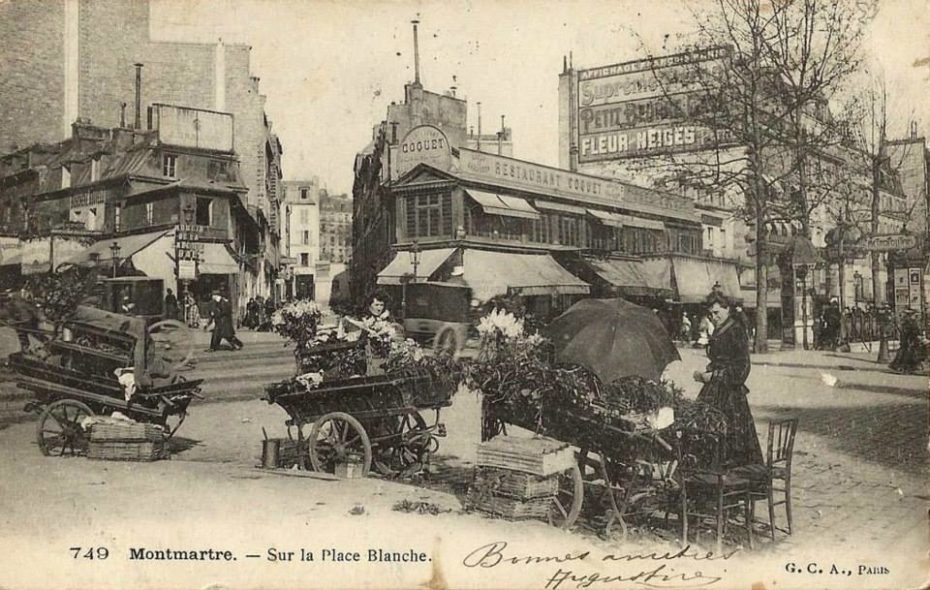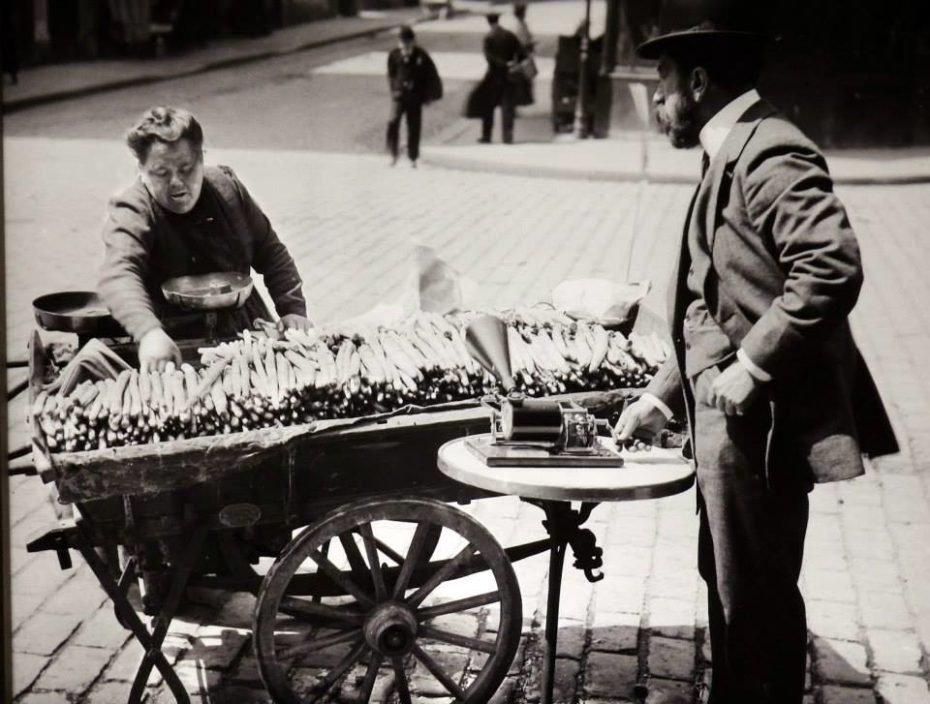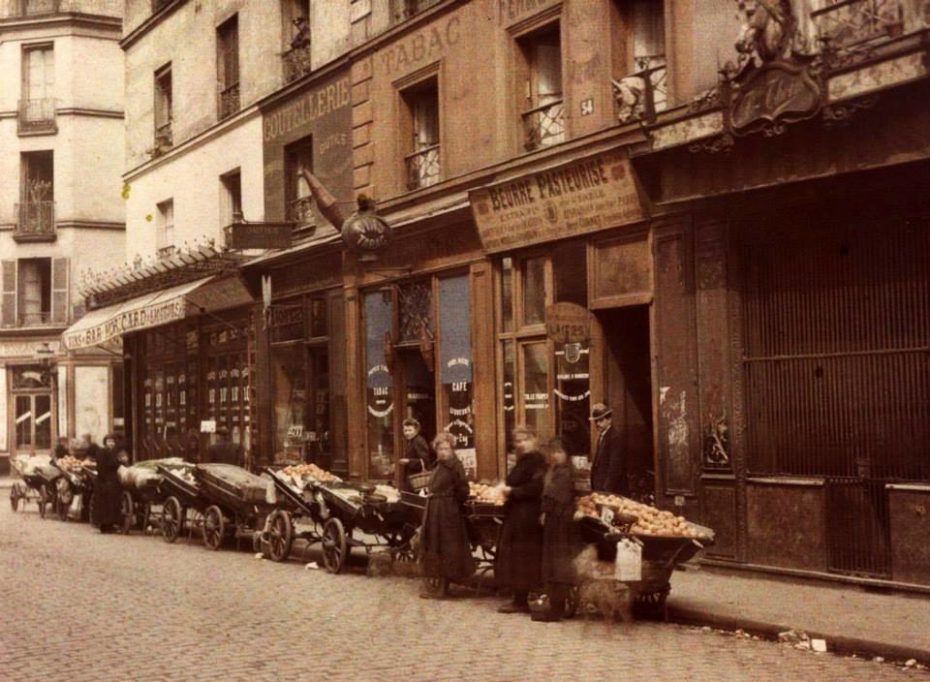
Shopping in Belle Epoque Paris wasn’t exactly … well, convenient. General stores and grocery stores were still a very novel concept in the latter half of the 19th century, and the few that existed were only catering to the wealthy elite. There was also a French law that restricted merchants from selling or specialising in more than one thing – so a candlestick maker was not legally allowed to offer their customers any matching silver cutlery. As a merchant, you had to choose your merchandise and stick to it. So for the average Parisian, getting your errands done essentially involved chasing down roving merchants in the street, or by chance, crossing paths with a seller who happened to have exactly what you were looking for in his or her pushcart.
They were known as the “marchands ambulants” (walking merchants) who took on the “petits métiers” (small jobs) and made Paris tick. With their merchant cries or bells and whistles to attract attention as they pushed their carts around the corner or set up shop on the sidewalk, they were a familiar fixture of old world Paris, captured by street photographers of the era like Eugène Atget and Louise Vert. Today, they have all but disappeared, but we’d argue many of them should absolutely make a comeback…
The Roving Baker
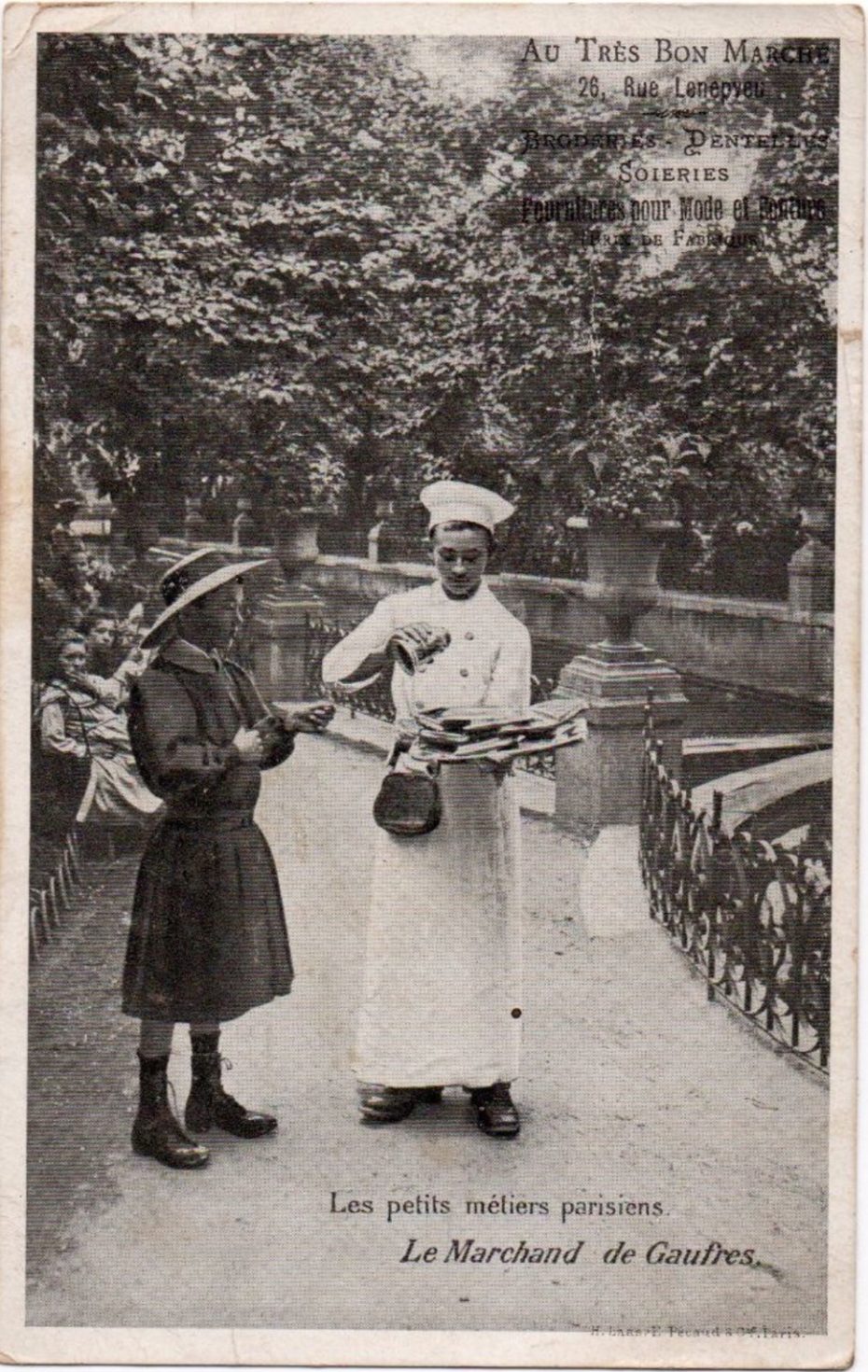
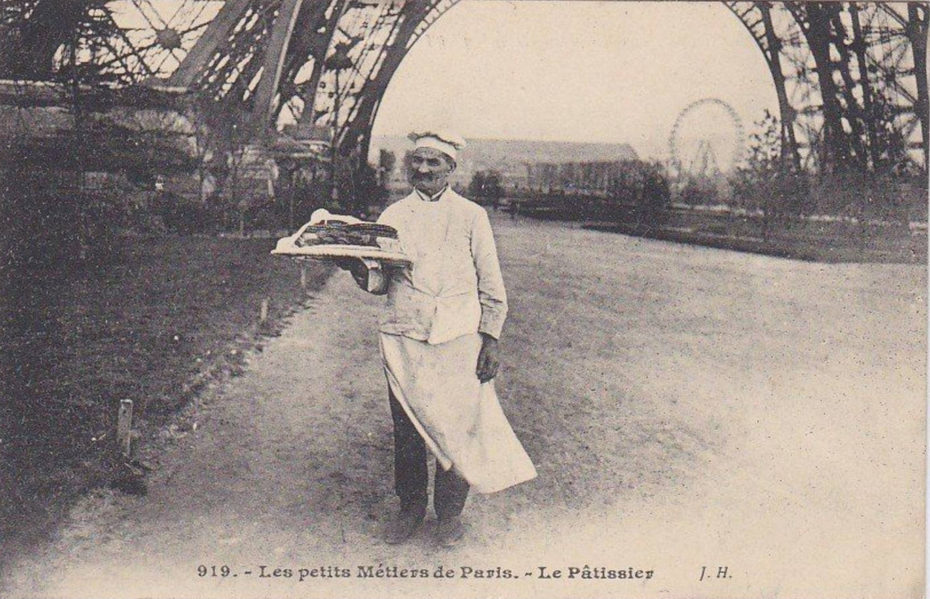
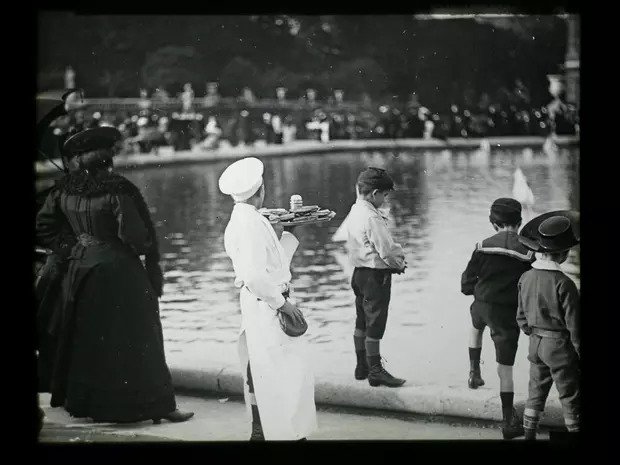
The Lampshade Guy
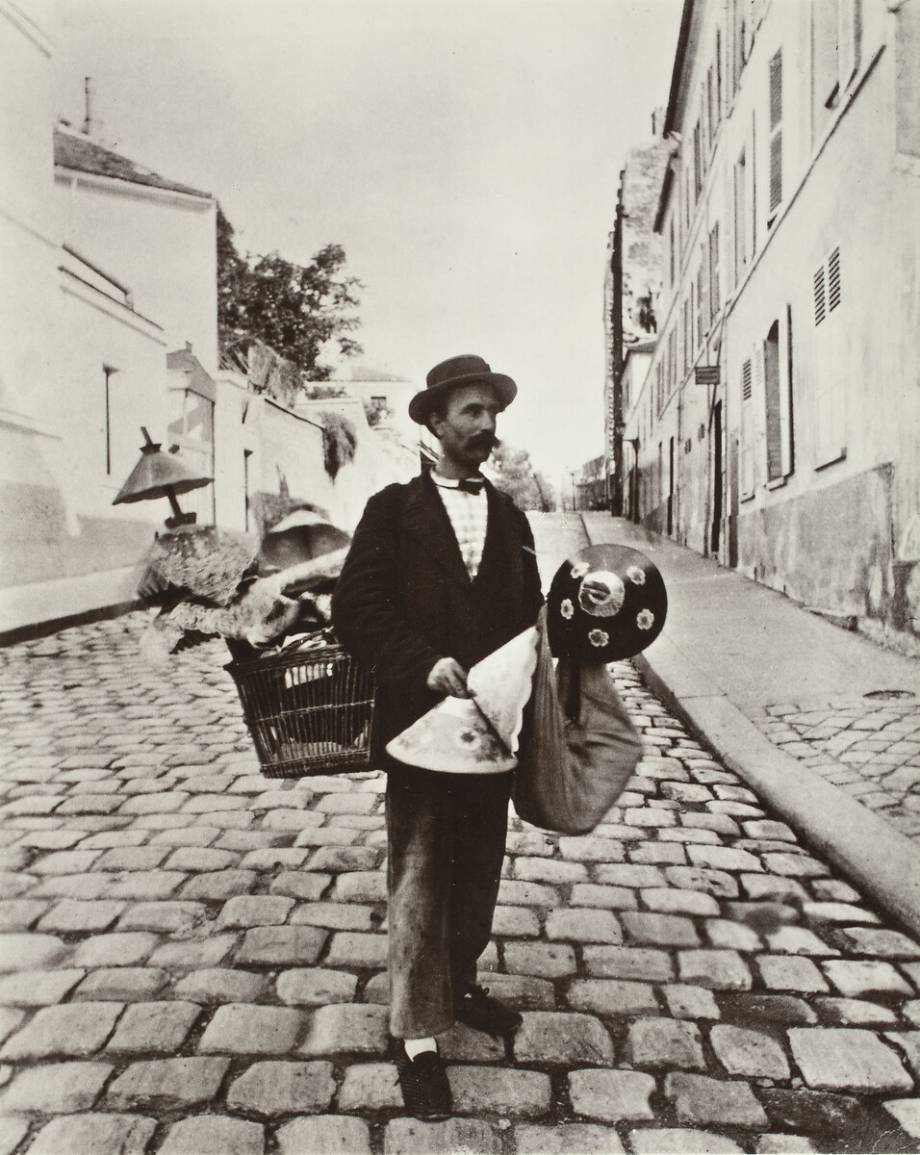
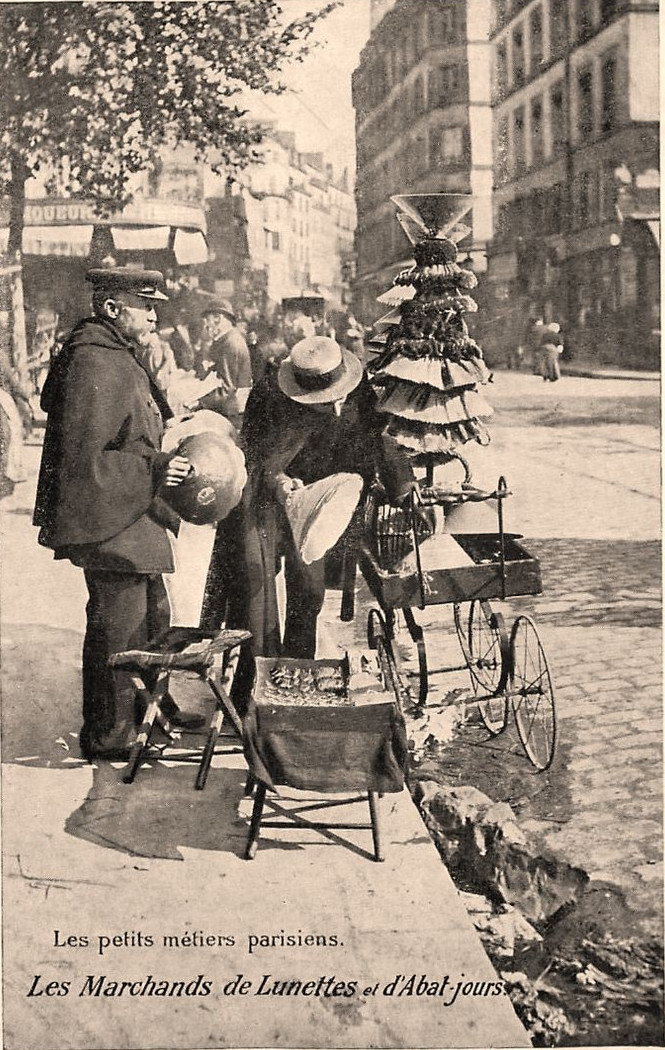
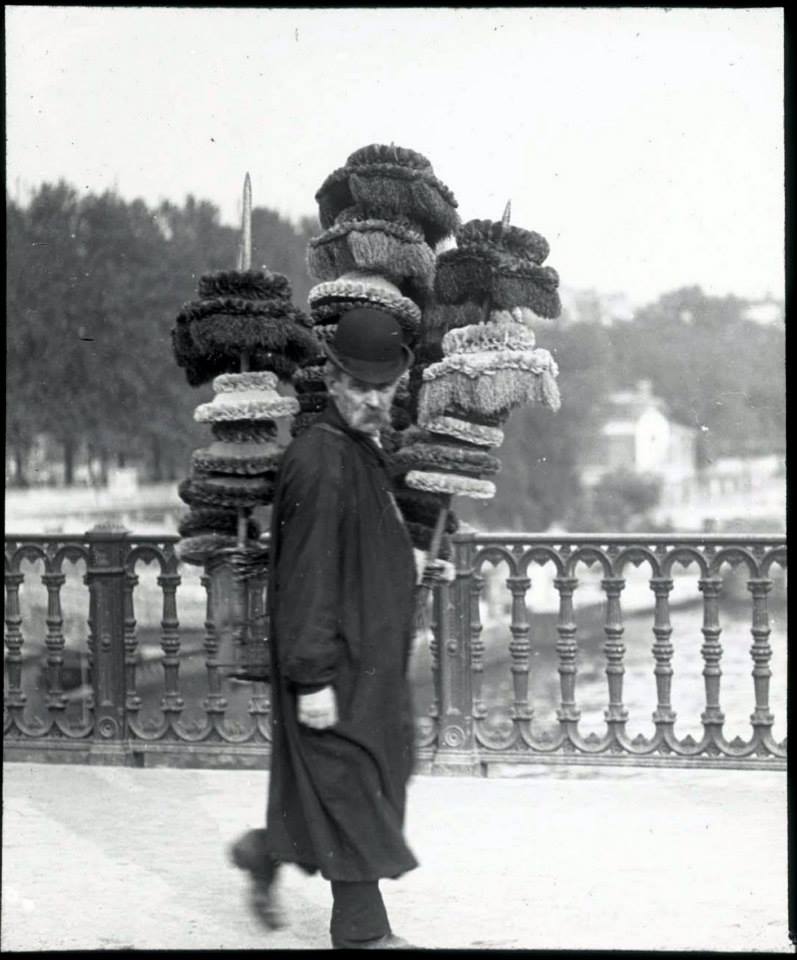
The Goats Cheese City Shepherd
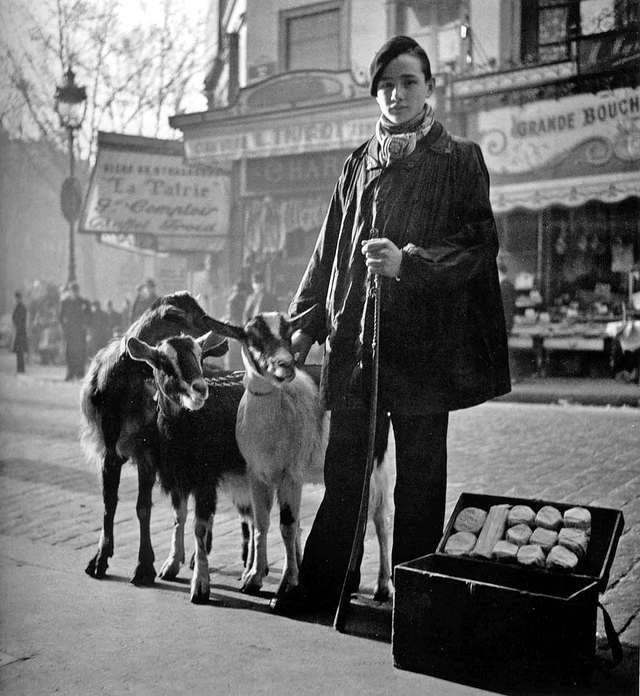
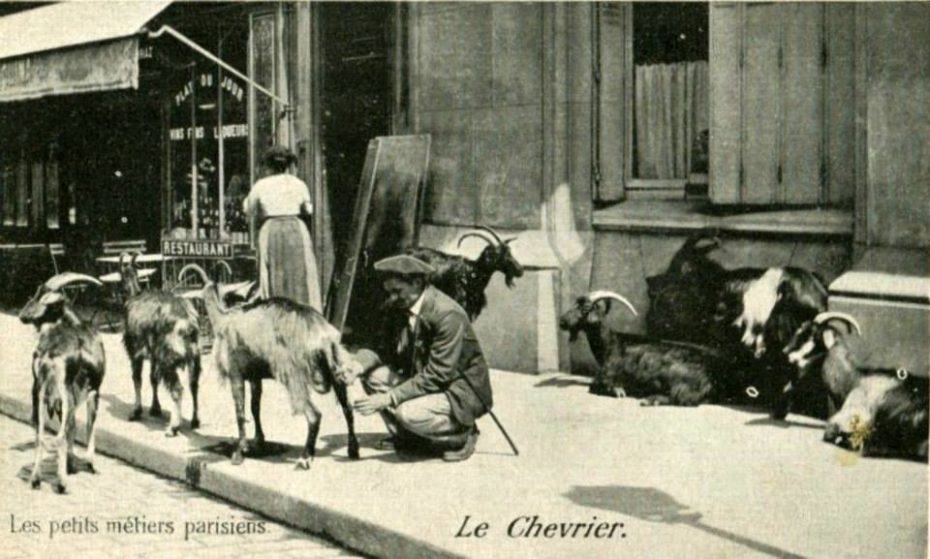
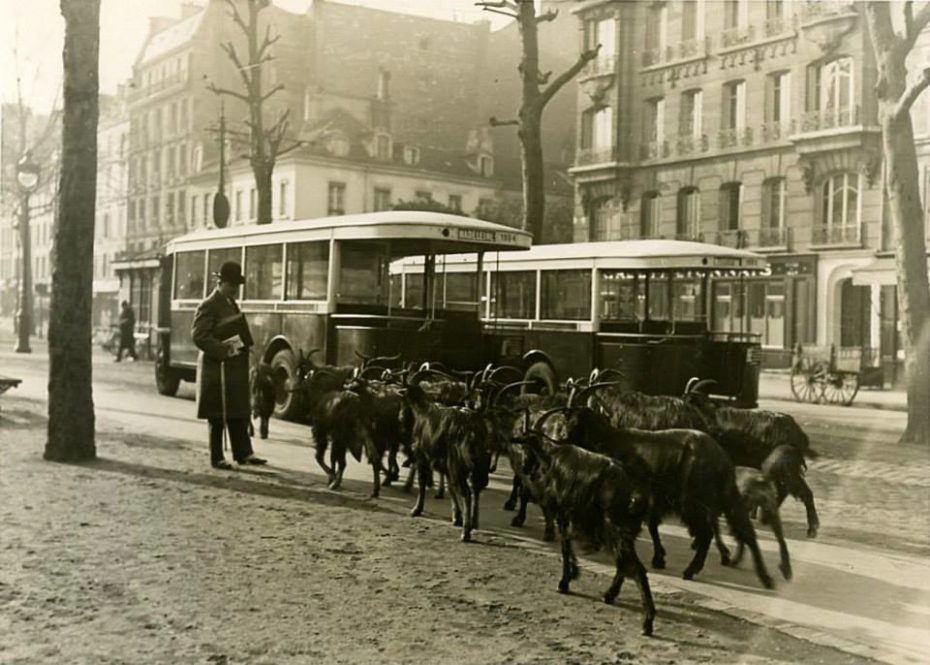
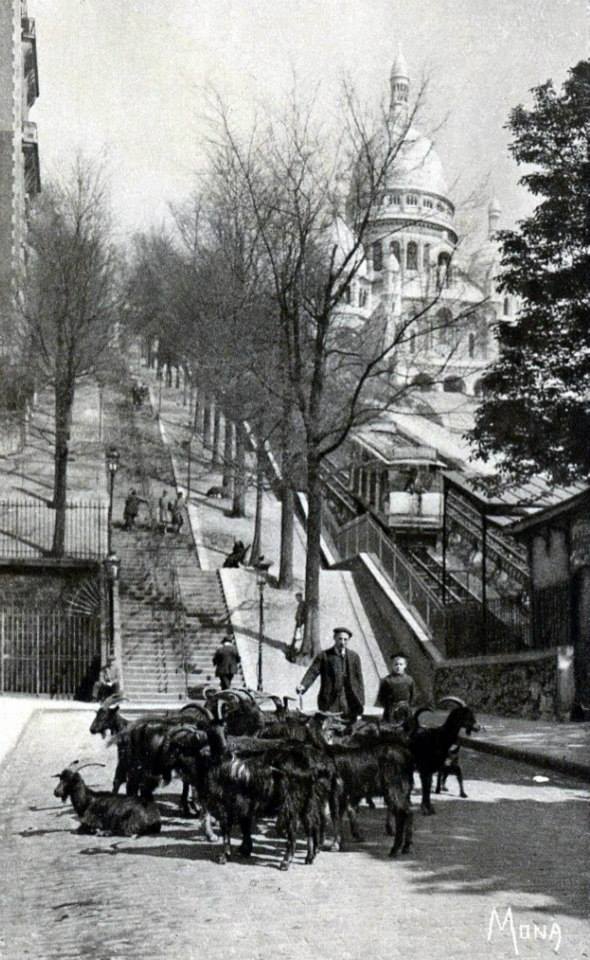
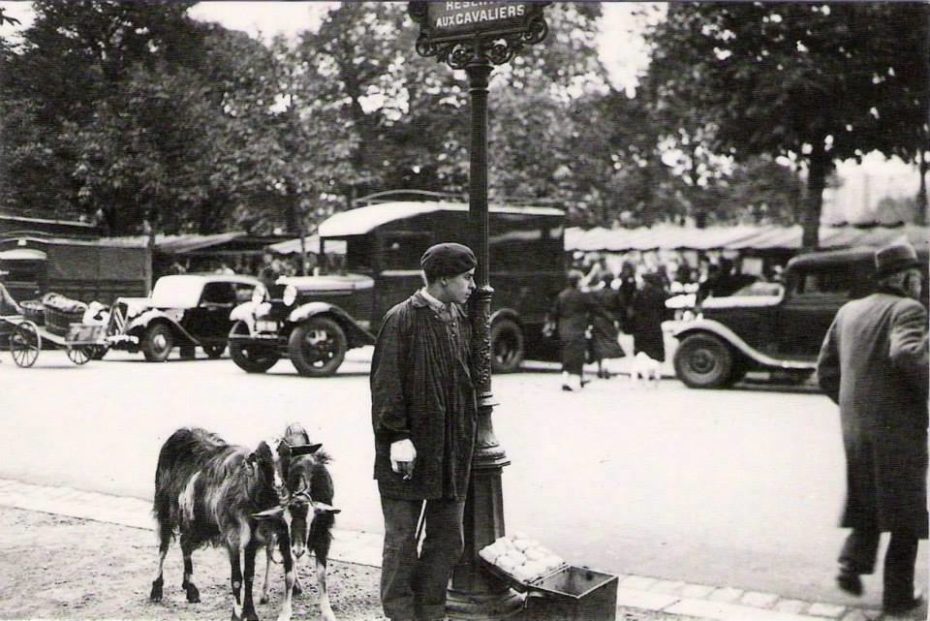
The Statuette Seller
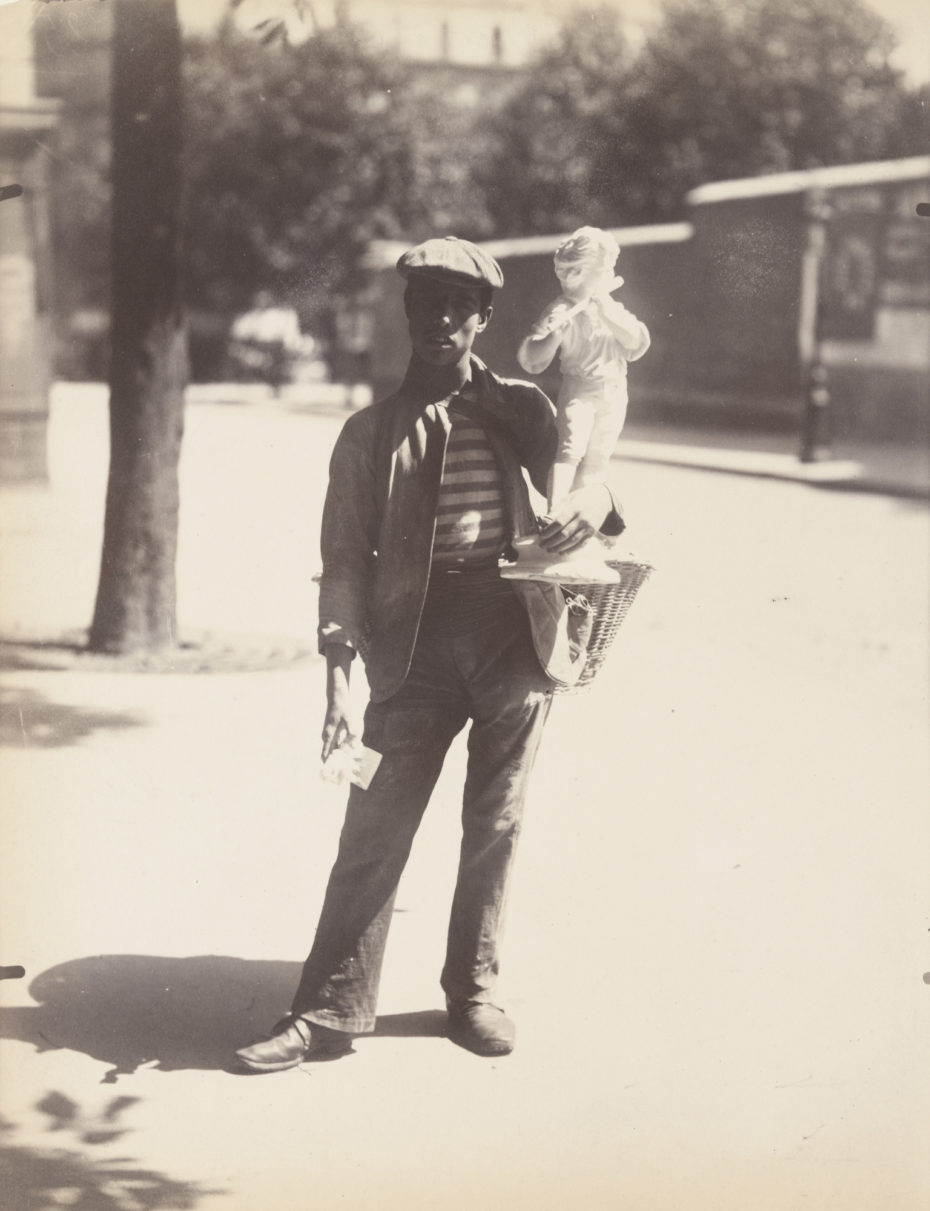
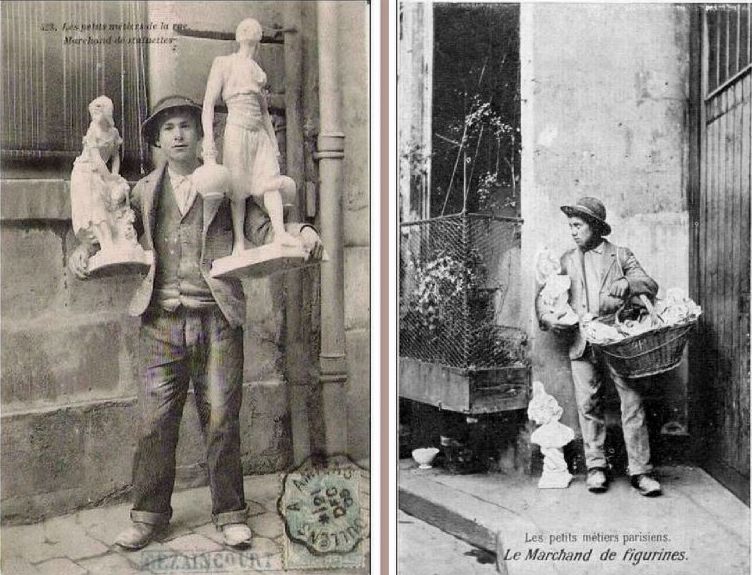
The Riverside Merchants
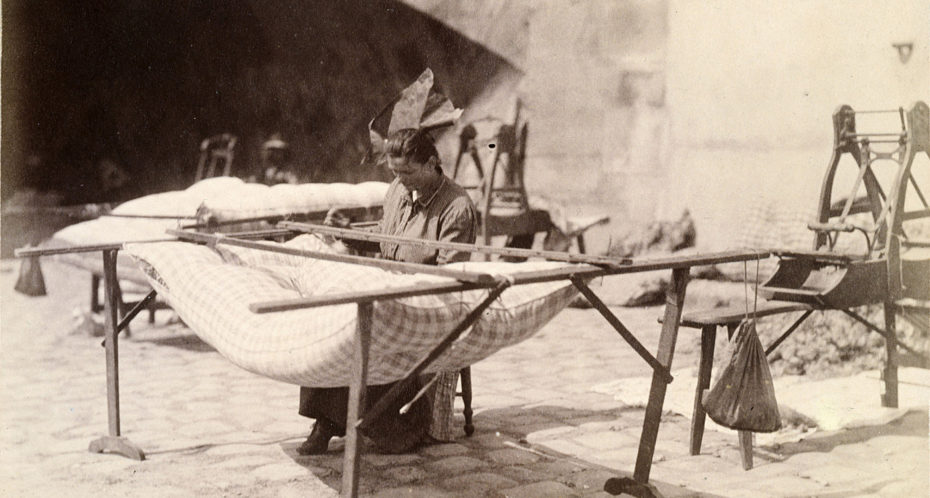
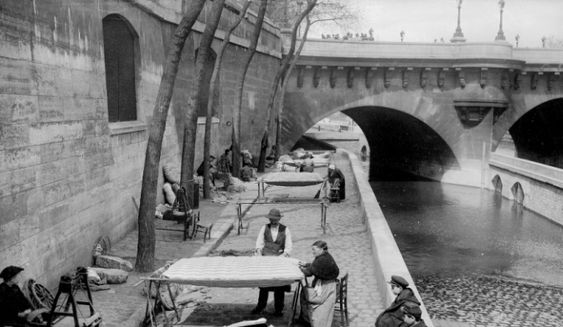
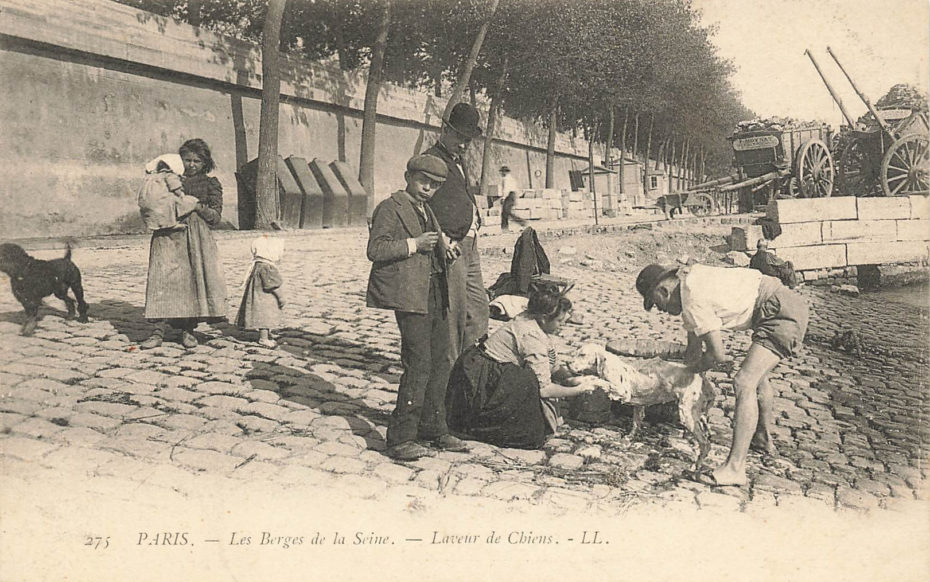
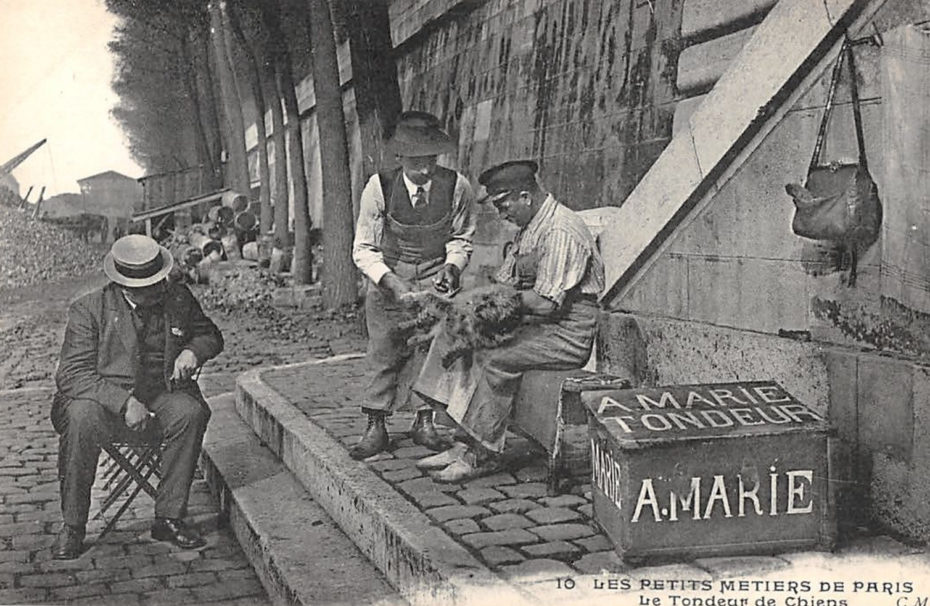
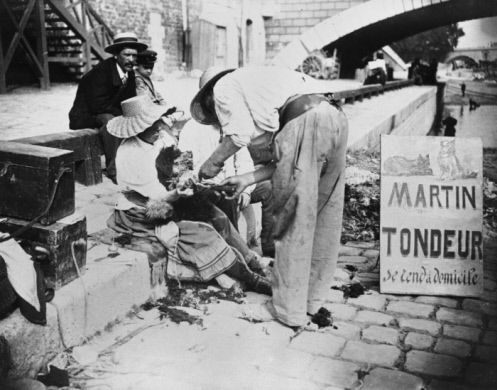
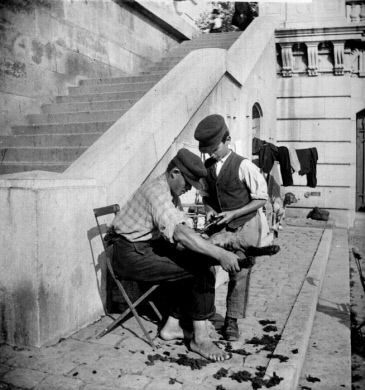
Hot Coco to Go Go
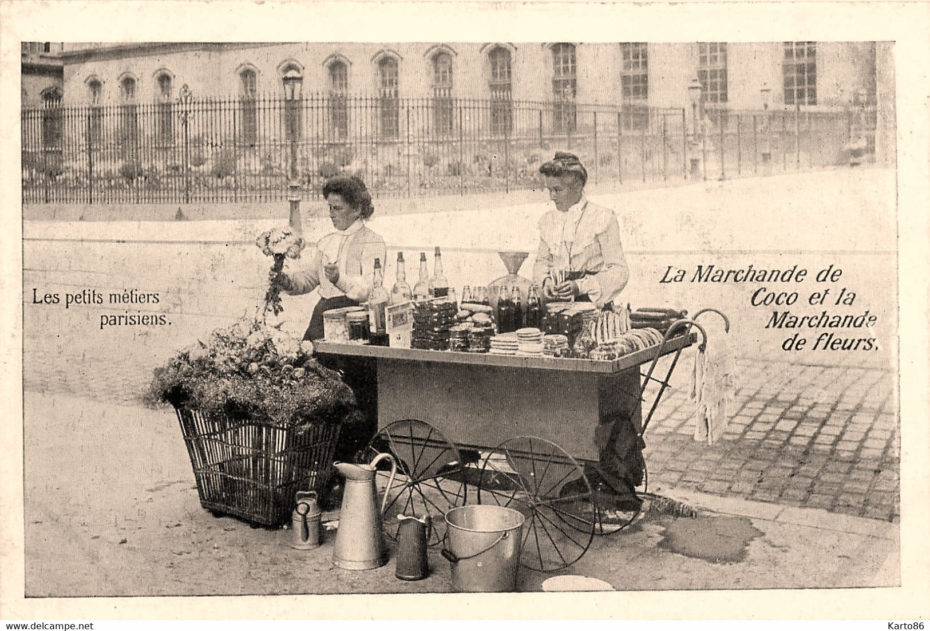
The Duster Dude
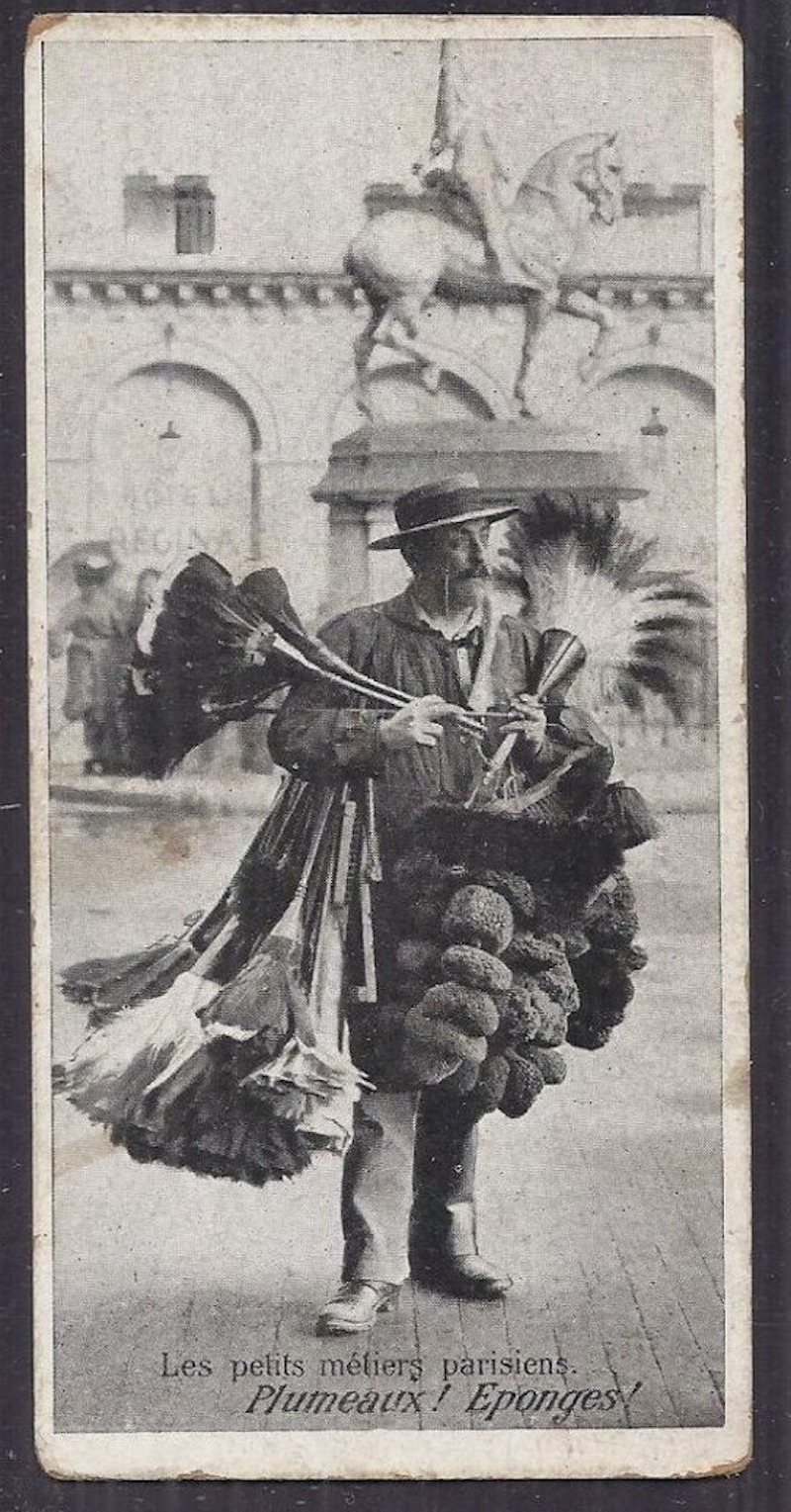
The Four Seasons Ladies
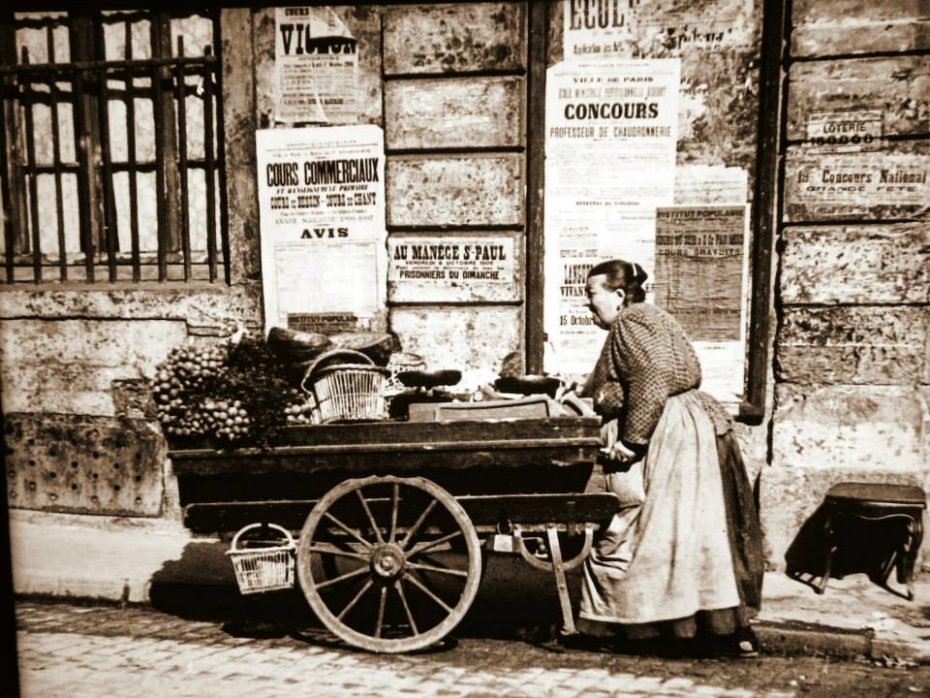
The marchande des quatre-saisons sold vegetables, flowers and fruit in the streets, bought in Les Halles in the early morning, transporting them on hand carts. Wholesalers were all too happy to sell them and liquidate, at any price, unsold strawberries, cherries, or tomatoes, which would not have lasted another day when fridges were not as common as they are today. During the war, due to supply difficulties, there were hardly any of these merchants left. With the development of car traffic, they disappeared entirely.
